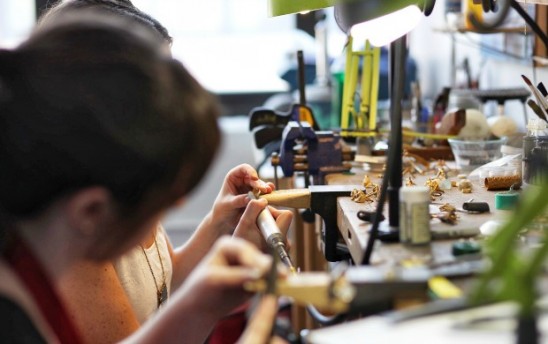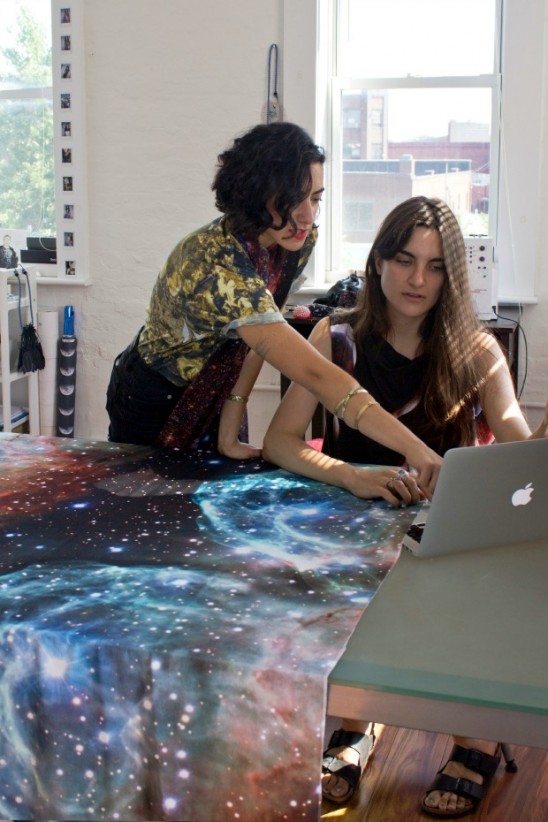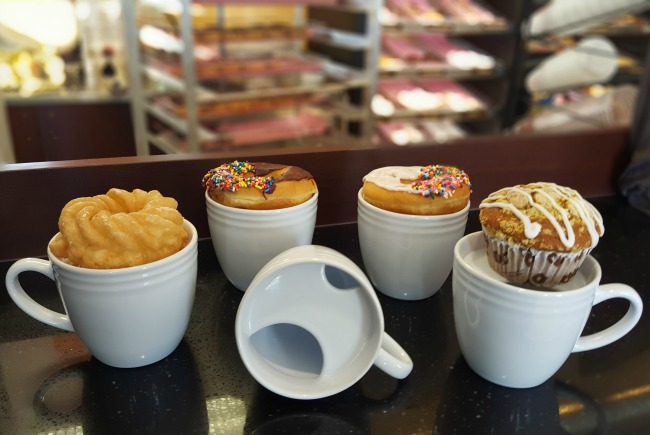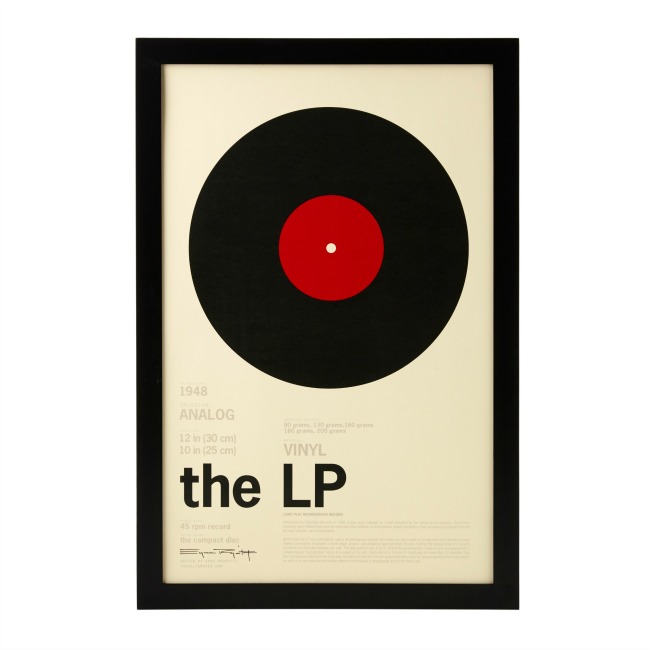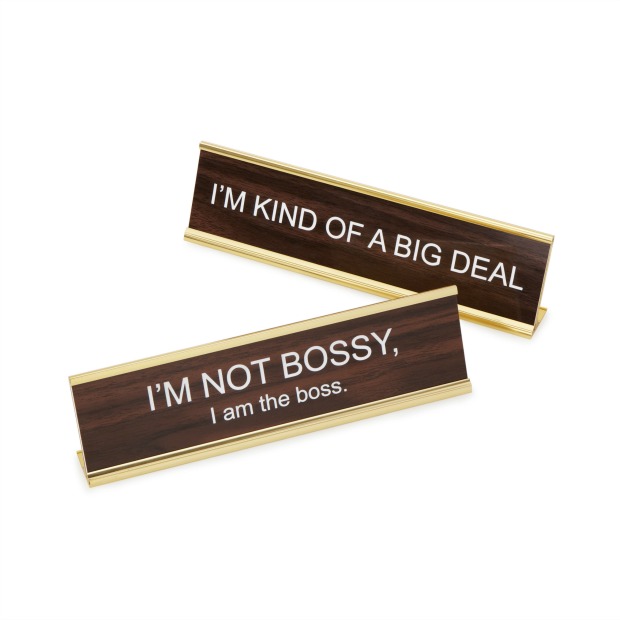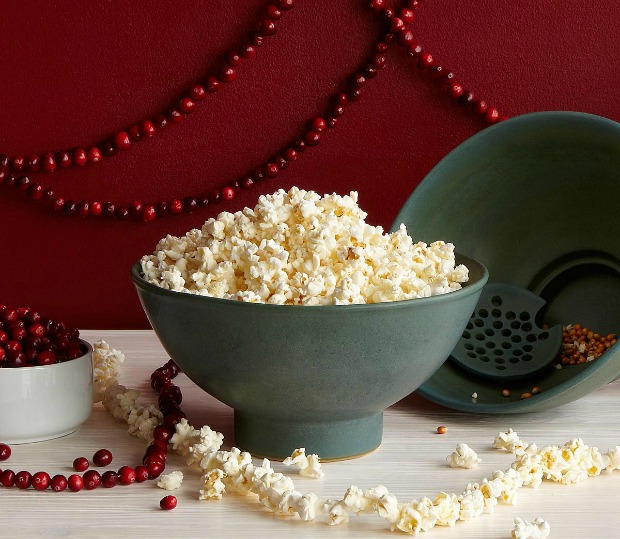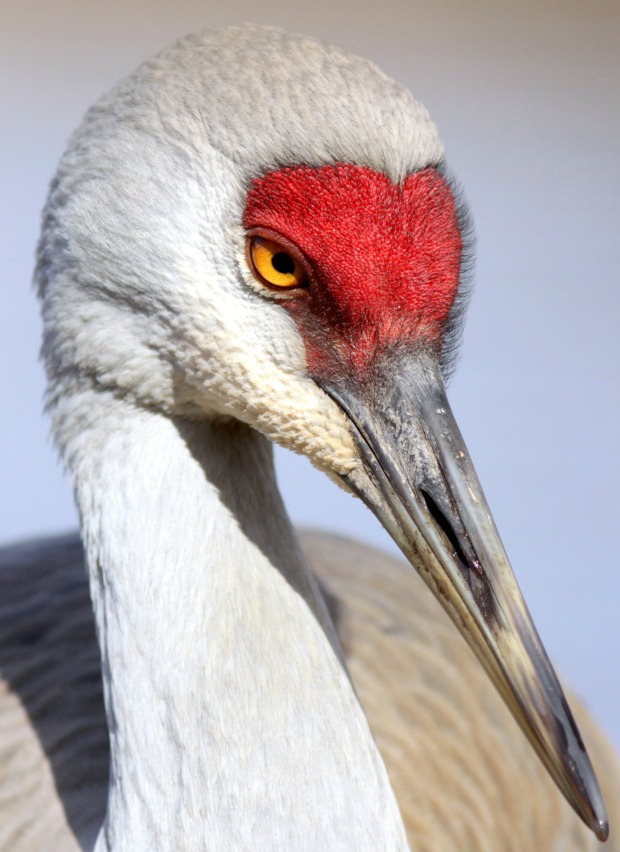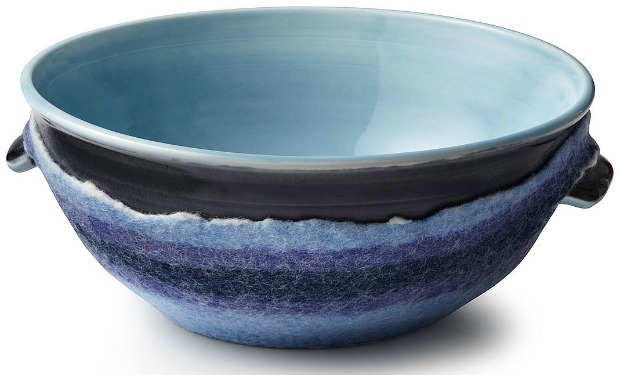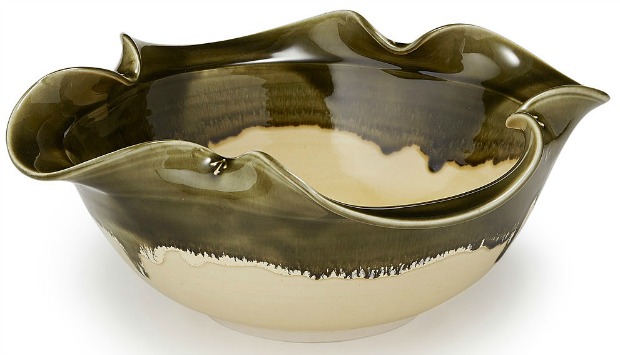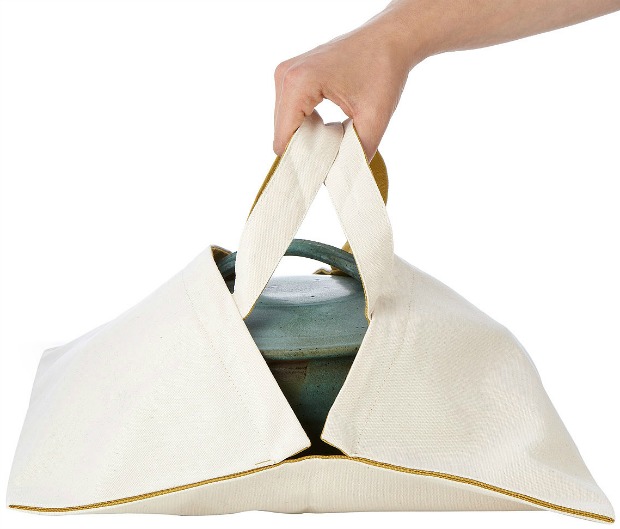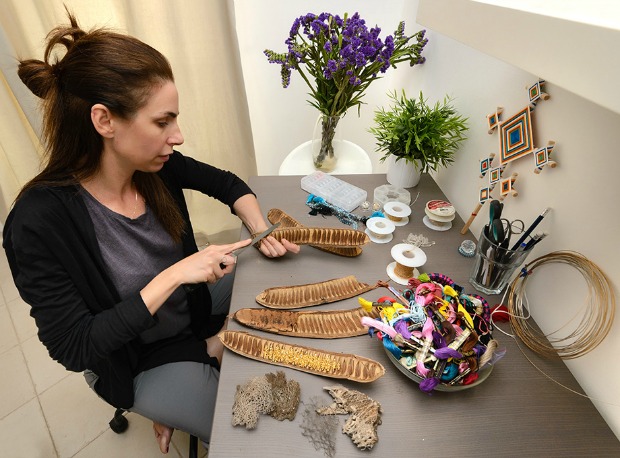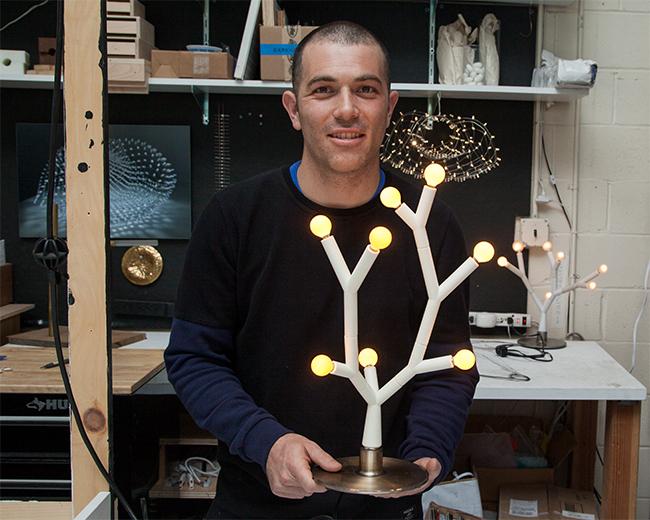
Splyt Light Designer Jason Krugman in his Brooklyn studio, photos by Rachel Orlow
There’s an exciting energy that runs through Jason Krugman’s workspace in the New Lab at the Brooklyn Navy Yard. The open, industrial space fosters cross-pollination of ideas in an environment where science, technology, invention, and art meet. Nearby, an experimental collaborative of architects works on design and material concepts that seem drawn from science fiction—from mushroom bricks to human shelters made from cricket colonies. In the midst of this fantastic innovation, Jason and his partner, Scott Leinweber, created the Splyt Light, an innovative new lighting design that lets consumers build their own unique fixture from a kit of modular parts. We visited Jason’s light-filled space for a look at where Splyt was born, and a conversation about his work sculpting with light and finding ways to share that exhilarating experience with others. Continue Reading…

